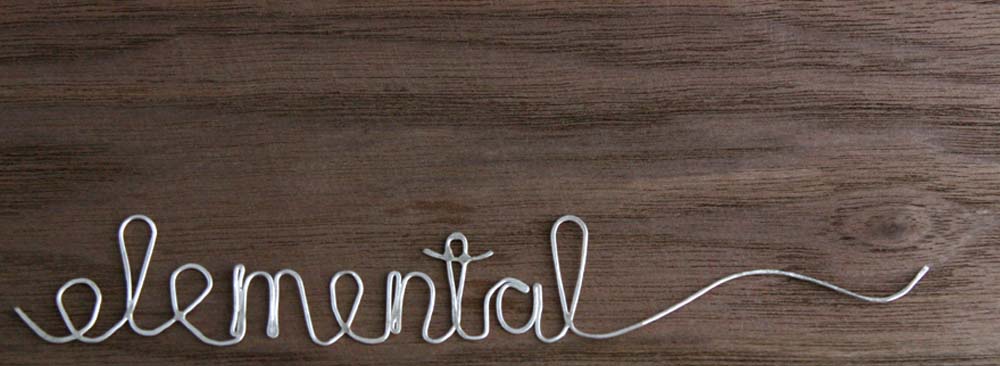You want a big surface with enough space to mix lots of colors. I used baking sheets for this, and if you're using tempera or acrylic paints, it will wash right off with water. We started with only the three primary colors, along with one paintbrush and a palette knife. If you don't have a palette knife, you can substitute a butter knife or use clay tools, like we did.
Make a simple color wheel with blank spaces, and have the kids fill in the primary colors, and then have them mix the secondary colors. Encourage them to mix the colors thoroughly with the knife before painting.
From there move into tertiary colors, demonstrating how red mixed with orange makes red-orange, how blue mixed with green makes blue-green, etc...
After doing this exercise, my small girl exclaimed that there was no color she couldn't make. (I didn't have the heart to tell her about tone yet. YET.)
I encouraged them to mix the complimentary colors together, and the girls were surprised to see that they all made brown. We compared the difference between the rich browns we had just made and the brown straight out of the tube. It was clear to the girls the difference in richness of a color made "from scratch." We talked about how, really, we only needed the three primary colors, plus black and white in order to make any color they wanted.
In college, my professors were always telling us to make the color, not buy the color, and that a mixed color would have richness, depth, and interest that a factory color would be lacking.
Like a good recipe, it's the quality of each part that goes into the whole that's the difference between a ho-hum finished product, and an amazing one. Keep this in mind as you encourage your kids to make their own colors, using their knowledge of the color wheel as a guide. Their finished paintings will have a new level of interest to them, as well as an added level of involvement. And having kids push paint around with palette knives is a fine way to spend a long, cold day.
For more tips on teaching your kids to use color in their art, read my Beginner Drawing Lesson for Kids post on color.




















































